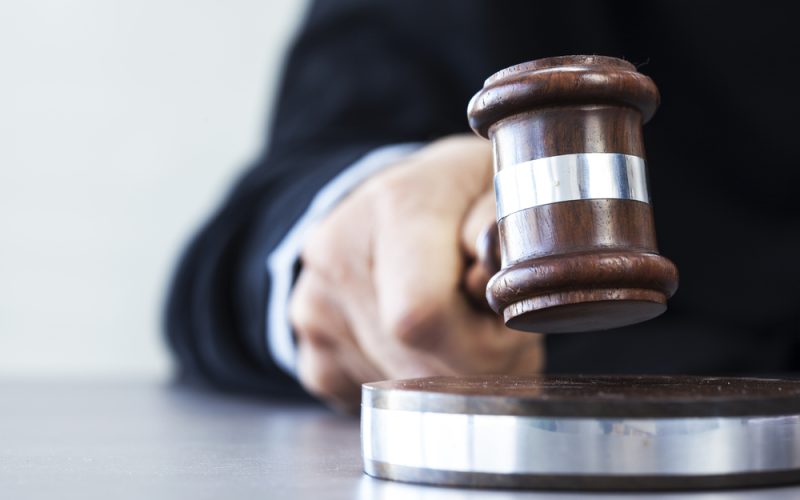In the first 100 days of the Trump administration, more than 200 federal lawsuits were filed challenging Donald Trump’s executive orders and the actions of his sidekick Elon Musk.
Because these incredibly important lawsuits are in federal courts, there is no television coverage of the proceedings. Thus the public and the media, with limited access to the actual courtrooms, cannot hear the entirety of the lawyers’ arguments, the testimony of witnesses and the judge’s statements and rulings.
A sure-fire solution for the public and the press to have maximum transparency into these proceedings is for the federal courts to mandate the daily publication of the court transcripts. These are the verbatim word-for-word transcripts taken by court reporters, also referred to as stenographers, that lawyers and judges use as the official court record.
The public importance of these legal actions is unassailable. Their goal is to reverse a wide range of the Trump administration’s directives relating to migrants, law firms, universities and federal agencies. The next round of court proceedings is likely to address Trump’s imposition of tariffs, where state attorneys general and private parties have sued, claiming that Trump lacks authority under the Constitution and the International Emergency Economic Powers Act to impose his crippling tariffs on the economy.
Unlike traditional lawsuits seeking monetary damages to compensate a wrong, the plaintiffs are seeking emergency injunctive relief to stop or reverse Trump’s illegal executive orders or actions. The court proceedings are typically one day hearings without juries followed fairly quickly by a judicial resolution.
Not only do transcripts inform the public of the inner workings of these critical lawsuits, but they also counter the Trump administration’s barrage of personal attacks on judges who rule against Trump’s positions.
The transcripts provide insight into how judges carefully and methodically consider the arguments for and against the administration’s positions before arriving at a reasoned opinion based on the facts and established law. The transcripts also reflect a decision-making process where the truth is paramount, with no tolerance for Trump’s alternative facts.
Without the transcripts, the only people who know exactly what the judges, lawyers, and parties say in the courtroom are those physically present. While the press does report on these hearings, it is difficult to imagine how members of the media without the resources to attend the multiple court hearings across the country or buy the daily transcripts can effectively report on this deluge of court news. There is also no substitute for reading the entirety of the proceedings.
The roadblock to this simple transparency fix of releasing daily public transcripts are the court stenographers who produce the transcripts. The stenographers prohibit media outlets or private parties who buy the transcripts from publishing them. They do this to increase the number of buyers for copies of the transcripts.
What is particularly galling is that court stenographers are regular federal government employees who personally make extra money selling transcripts in well-publicized cases to news organizations at premium rates. The proceeds from the sale of these transcripts are above their well-paid salaries. A skilled court stenographer can earn up to $100,000 or more per year before selling copies of the transcripts to third parties.
Last year, I initiated an effort that culminated in the Manhattan Criminal Court releasing the daily transcripts of the public criminal trial of then citizen Trump for falsifying business records. With daily access to verbatim court transcripts, the public and the media were able to follow the trial in its entirety.
The Manhattan court countermanded the intransigence of the court stenographers and directed the daily publication of the Trump transcripts on a court website. These transcripts were in turn published on the websites of the New York Times and the Washington Post.
In the federal judicial system, the direction to release daily transcripts to the public could come from the Judicial Conference of the United States, the policymaking body for the federal courts overseen by Chief Justice John Roberts. Indeed, all Supreme Court arguments are available to the public via audio and full transcripts. The district court judges should also be able to direct the release of the transcripts on particularly important cases.
The public deserves to know how the Trump administration officials are responding in court to these lawsuits. The transcripts are a singular source of information to understand how our judicial branch is addressing the Trump chaos and, as such, provide a front-row seat to precisely what the courts are doing.
Akerman was formerly an assistant special Watergate prosecutor and an assistant U.S. attorney for the Southern District of New York.








